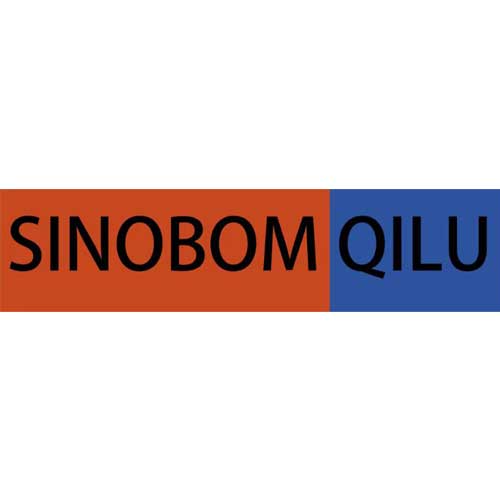Willkommen auf meinem Blog!
Bevor wir in den Inhalt eintauchen, würde ich mich freuen, wenn Sie mir auf meinen Social-Media-Plattformen folgen würden, wo ich weitere Einblicke gebe, mich mit der Community austausche und Updates poste. Hier erfahren Sie, wie Sie mit mir in Kontakt treten können:
Facebook:https://www.facebook.com/profile.php?id=100087112105480
LinkedIn:https://www.linkedin.com/showcase/99327366/admin/dashboard/
Lassen Sie uns nun unsere gemeinsame Reise beginnen. Ich hoffe, Sie finden die Inhalte hier aufschlussreich, ansprechend und wertvoll.
Inhaltsübersicht
Einführung
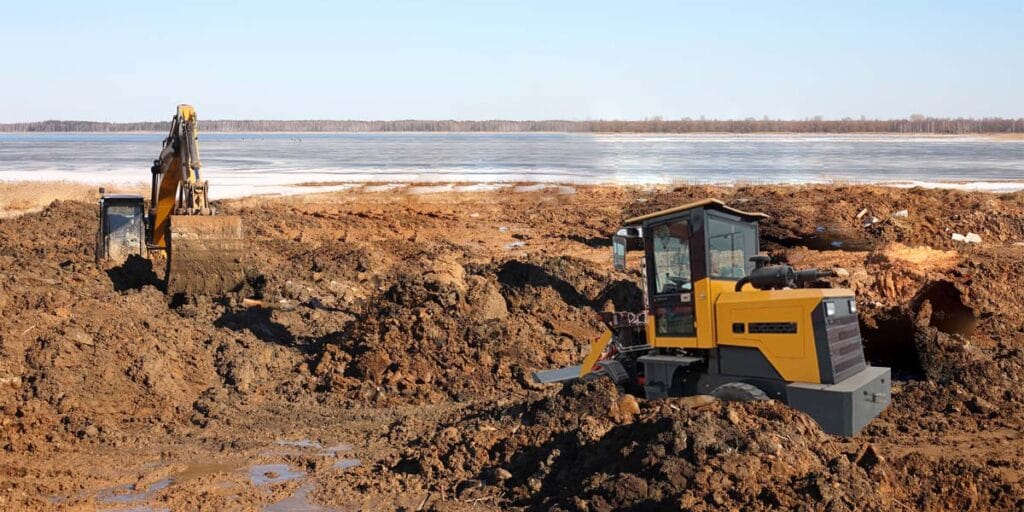
Excavators are categorized by their size, and each size is designed for specific tasks. The size of an excavator impacts its performance, lifting capacity, reach, and versatility. Construction projects vary in scope, so the ideal size depends on factors such as the type of work, terrain, and the available space. Understanding the different sizes of excavators can help contractors and project managers make more informed decisions, ensuring they get the most out of their equipment.
Mini Excavators: The Smallest Size for Precision Work
Mini excavators are some of the smallest excavators available, typically weighing between 1 to 6 tons. These compact machines are ideal for projects where space is limited or when the job requires precision and maneuverability. Mini excavators excel in urban construction, landscaping, and small-scale digging projects.
Features of Mini Excavators:
- Size and Maneuverability: Mini excavators can easily fit into tight spaces, making them perfect for urban environments and residential areas.
- Leistung: Despite their small size, they are powerful enough to perform tasks such as trenching, lifting, and digging.
- Vielseitigkeit: Attachments like augers, breakers, and hydraulic thumbs can be added to enhance their functionality.
Mini excavators are often the go-to option for contractors needing flexibility and performance in confined spaces.
Mid-Size Excavators: Balancing Power and Size
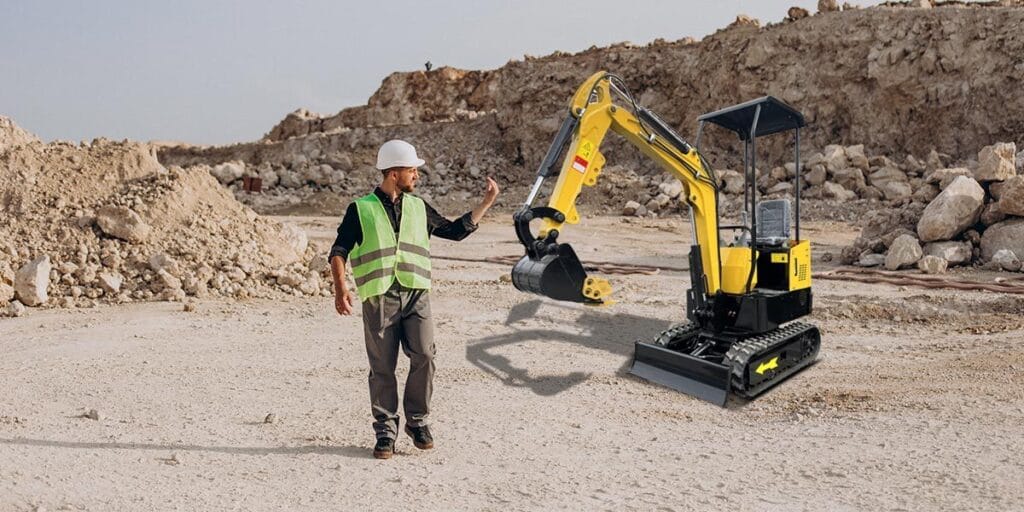
Mid-size excavators typically range from 6 to 15 tons. These machines are ideal for projects that require more power than a mini excavator can provide but still need to maintain a level of maneuverability. Mid-size excavators are commonly used in medium to large construction sites, where a combination of power, reach, and size efficiency is essential.
Features of Mid-Size Excavators:
- Power and Reach: Mid-size excavators can handle a wider range of tasks, including earthmoving, demolition, and material handling, while still offering a manageable size.
- Increased Stability: These machines offer better stability and lifting capacity compared to mini excavators.
- Attachments and Options: Mid-size machines can be fitted with specialized tools like grapples, hammers, and buckets to meet different construction needs.
Mid-size excavators are versatile, making them popular choices for projects such as road construction, landscaping, and utility installation.
Large Excavators: Designed for Heavy-Duty Construction Work
Large excavators range from 16 to 45 tons and are designed for heavy-duty tasks on large-scale construction sites. These machines have the power and reach to tackle more complex tasks such as digging large foundations, mining, and heavy earthmoving.
Features of Large Excavators:
- Powerful Engines: Large excavators come with larger engines, allowing them to handle tougher materials and longer work shifts.
- Extended Reach: With a longer arm and larger digging depth, these excavators are perfect for deep digging and large-scale excavation.
- Heavy Lifting Capacity: Their heavy lifting capacity makes them ideal for material handling and moving large amounts of earth or debris.
Large excavators are often used in large construction projects, such as high-rise buildings, infrastructure development, and mining operations.
Super Large Excavators: The Giants of the Construction Industry
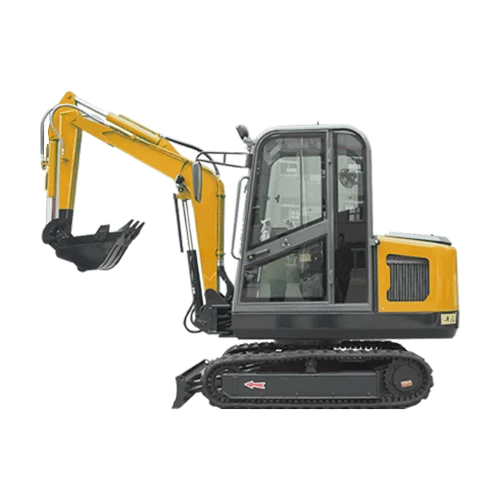
Super large excavators are the biggest machines in the industry, with weights often exceeding 45 tons. These giant machines are used in mining, large-scale earthmoving, and other extremely demanding tasks.
Features of Super Large Excavators:
- Massive Lifting Capacity: Super large excavators can handle the heaviest loads, making them invaluable in mining and large construction projects.
- Extended Reach and Depth: They are capable of reaching depths and areas that smaller machines cannot, making them suitable for extremely deep excavation.
- Durability and Efficiency: These machines are built to endure the harshest conditions, with reinforced structures and engines designed to operate under the most demanding conditions.
Super large excavators, representing the largest sizes of excavators, are used in major infrastructure projects, large-scale mining operations, and other areas where enormous power and reach are required. These machines are designed to handle the most demanding tasks, showcasing the full spectrum of sizes of excavators available in the industry.
Excavator Sizes Comparison Table
The following table provides a comparison of the four most popular sizes of excavators based on key factors such as weight, reach, and typical uses. This overview can help you understand the key differences between the sizes of excavators available in the market.
| Excavator Size | Gewichtsbereich | Erreichen Sie | Tragfähigkeit | Typische Anwendungen |
|---|---|---|---|---|
| Minibagger | 1-6 tons | 3-5 meters | Up to 1,500 kg | Landscaping, small-scale construction |
| Mid-Size Excavator | 6-15 tons | 5-7 meters | Up to 4,000 kg | Road construction, utilities, excavation |
| Large Excavator | 16-45 tons | 7-10 meters | Up to 12,000 kg | Heavy-duty construction, mining |
| Super Large Excavator | 45+ tons | 10-15 meters | Over 20,000 kg | Mining, large-scale earthmoving |
Schlussfolgerung
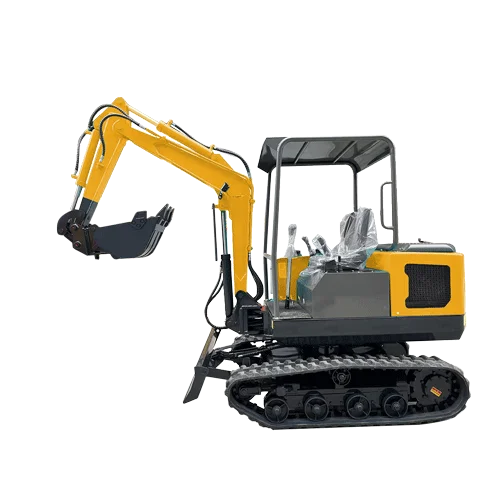
The size of an excavator is a crucial consideration when selecting equipment for your construction project. While mini excavators are ideal for tight spaces and precision tasks, larger machines like mid-size, large, and super large excavators offer the power and reach needed for heavy-duty work. The key is to match the excavator size with the demands of your project, taking into account factors like site conditions, task complexity, and lifting requirements.
Ultimately, selecting the right excavator size can make a significant impact on your project’s efficiency and cost-effectiveness. Be sure to consult with equipment providers or rental companies to assess your needs and determine which size best suits your construction goals.
FAQ
What size excavator is best for small projects?
Mini excavators are ideal for small projects due to their compact size and maneuverability. They are perfect for tasks like landscaping, trenching, and digging in confined spaces.
Can a mini excavator handle heavy-duty tasks?
While mini excavators are powerful for their size, they are not suitable for heavy-duty tasks that require significant lifting or digging depth. For such tasks, a mid-size or large excavator is a better choice.
What are the benefits of using a large excavator?
Large excavators offer greater lifting capacity, reach, and digging depth compared to smaller machines. They are best suited for large-scale projects such as foundation digging, earthmoving, and demolition.
How do I know which excavator size is right for my project?
To choose the right excavator size, assess the scope of your project, the terrain, and the specific tasks you need to accomplish. A mini excavator is good for small spaces and light work, while a larger excavator is necessary for heavy-duty digging, lifting, and earthmoving.
Can I use a mid-size excavator for both small and large projects?
Mid-size excavators are versatile machines that can handle a wide range of tasks. While they may not have the extreme reach or lifting capacity of large excavators, they are suitable for many construction projects that require a balance of power and maneuverability.
What are the operating costs of different sizes of excavators?
The operating costs vary depending on the excavator size. Smaller machines generally have lower fuel and maintenance costs, while larger machines may incur higher operational expenses due to their greater power and complexity.
